Every month, the Centre de Musique Baroque de Versailles puts together a themed playlist for you to listen to, immersing yourself in the French musical repertoire of the 17th and 18th centuries. Enjoy !

Lalande, the latin Lully
Playlist by Thomas Leconte, researcher and editorial manager at the CMBV
Born in Paris in 1657 and died in Versailles on 18 June 1726, Lalande quickly established himself as one of the leading figures in French music during the Grand Siècle. A choirboy at the church of Saint-Germain-l'Auxerrois (Paris), a brilliant organist and precocious composer, he caught the attention of Louis XIV in 1678. But it was in 1683, during the competition to fill the positions of assistant masters of the Royal Chapel, that he truly entered the king's service: his motet Beati quorum remissæ sunt, the ‘king's choice’, launched his exceptional career. For more than forty years, he directed the King's Music, combining positions at the Chapel and the Chamber, shaping the ‘sound’ of Versailles. He embodied the perfection of the French style, sharing with Lully, Charpentier and Rameau a place among the great names who defined the musical identity of France in the 17th and 18th centuries. A rigorous and inventive composer, he combined religious fervour, theatrical elegance and orchestral refinement.
Although his name remains inextricably linked to the famous Symphonies pour les Soupers du roi (Symphonies for the King's Suppers), rediscovered in the mid-20th century, it is above all his grand motets that constitute the heart of his work: 77 compositions for the king's daily mass, in which he developed an art of eloquence and sonic splendour typical of Versailles. This playlist offers a selection of these works, a delicate exercise given the rivalry between his motets. It includes his early works for Louis XIV, written in the year of the competition: Beati quorum and the striking Audite cæli, which already show a confident mastery of counterpoint and French declamation.
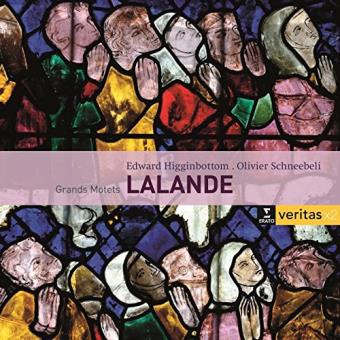
His style then gained in density and dramatic scope, as can be seen in the conclusion of Dies iræ (1690), and became brighter and more expansive, as in the verse ‘Memor erit’ from Confitebor tibi (1699). Motets such as Venite exultemus (1700) and Cantate Domino (1707, with its doxology and formidable high haute-contre solo, praised by contemporaries) reveal a new focus on form – the verses are more clearly characterised and contrasted – and on sound space.
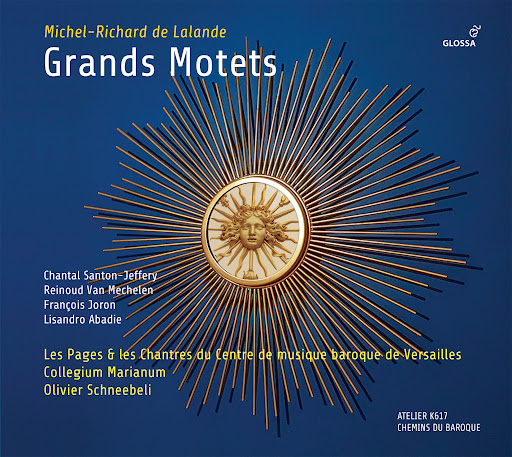
After the death of Louis XIV, he reworked his motets, constantly striving for aesthetic evolution: the revised version (c. 1715) of De profundis bears witness to his full maturity. Other pieces, such as the powerful Te Deum or, again, the Cantate Domino, enjoyed widespread popularity in their final versions outside the court, at the Concert Spirituel (Paris), but also in cathedrals and concerts in the provinces, where they remained in the repertoire until the end of the 18th century.
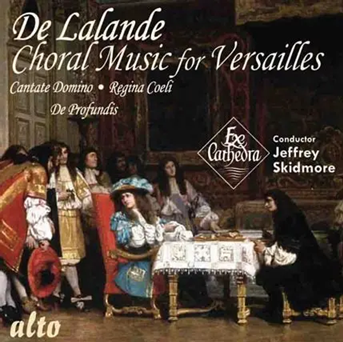
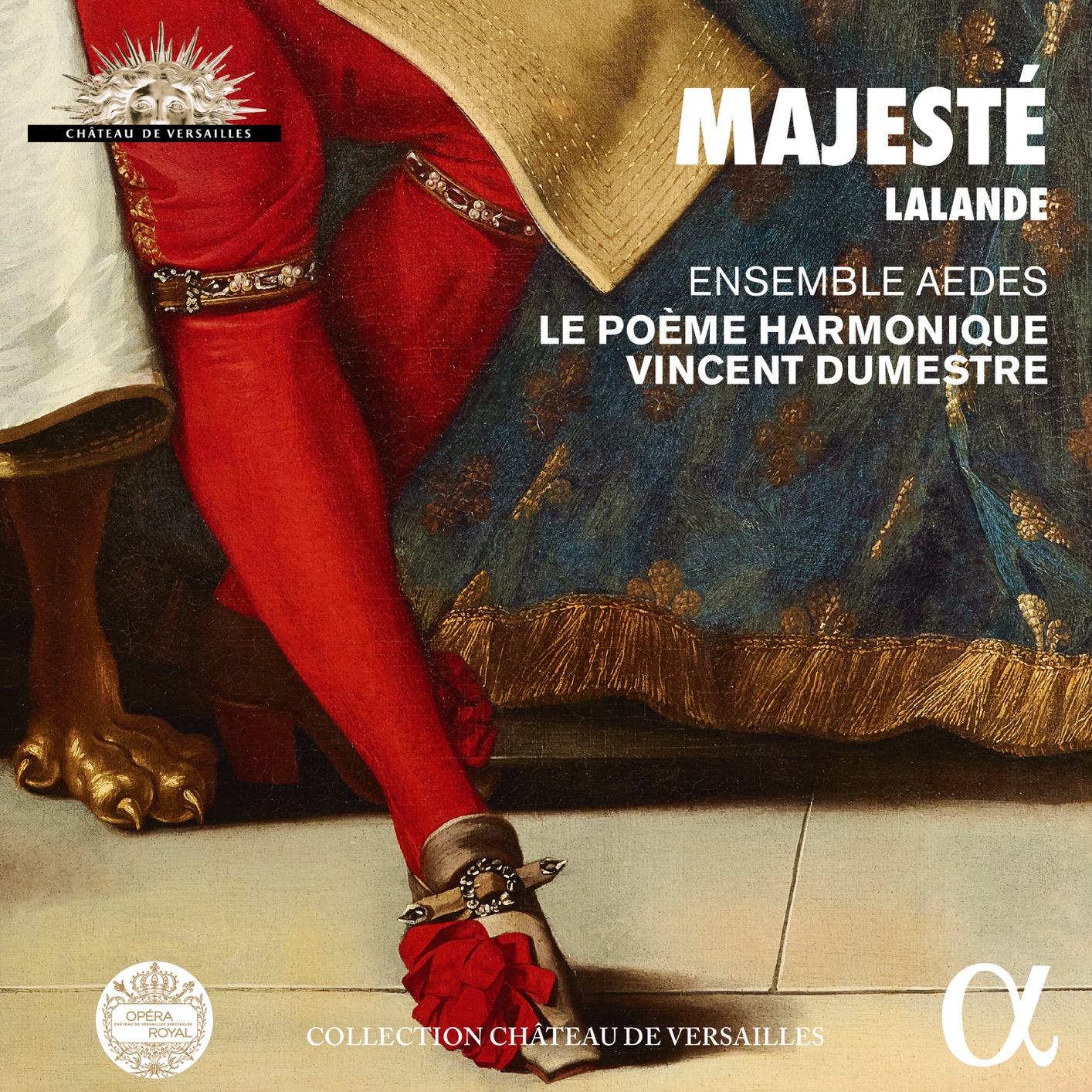
Alongside these monumental frescoes, he also cultivated a more interior and contemplative expression. His Leçons de Ténèbres, his Miserere à voix seule, and his setting of Racine's canticle Sur le bonheur des justes for the young ladies of Saint-Cyr (c. 1695) reveal an artistry marked by great economy of means, imbued with restrained emotion and a keen sense of vocal colour.

But Lalande was not only a composer of sacred music: he left behind a significant body of work for court entertainment. His Fontaines de Versailles (1683), his pastoral L'Amour fléchi par la constance (1697) – whose great arias, such as ‘Tant qu'a duré la nuit’, are worthy of a tragédie en musique – and the ballets for Louis XV – L’Inconnu, Les Folies de Cardenio (1720) and Les Éléments (1721, in collaboration with Destouches) – some of whose arias are found in the Symphonies pour les Soupers du roi (Symphonies for the King's Suppers), testify to his ability to combine theatrical grace and balance.
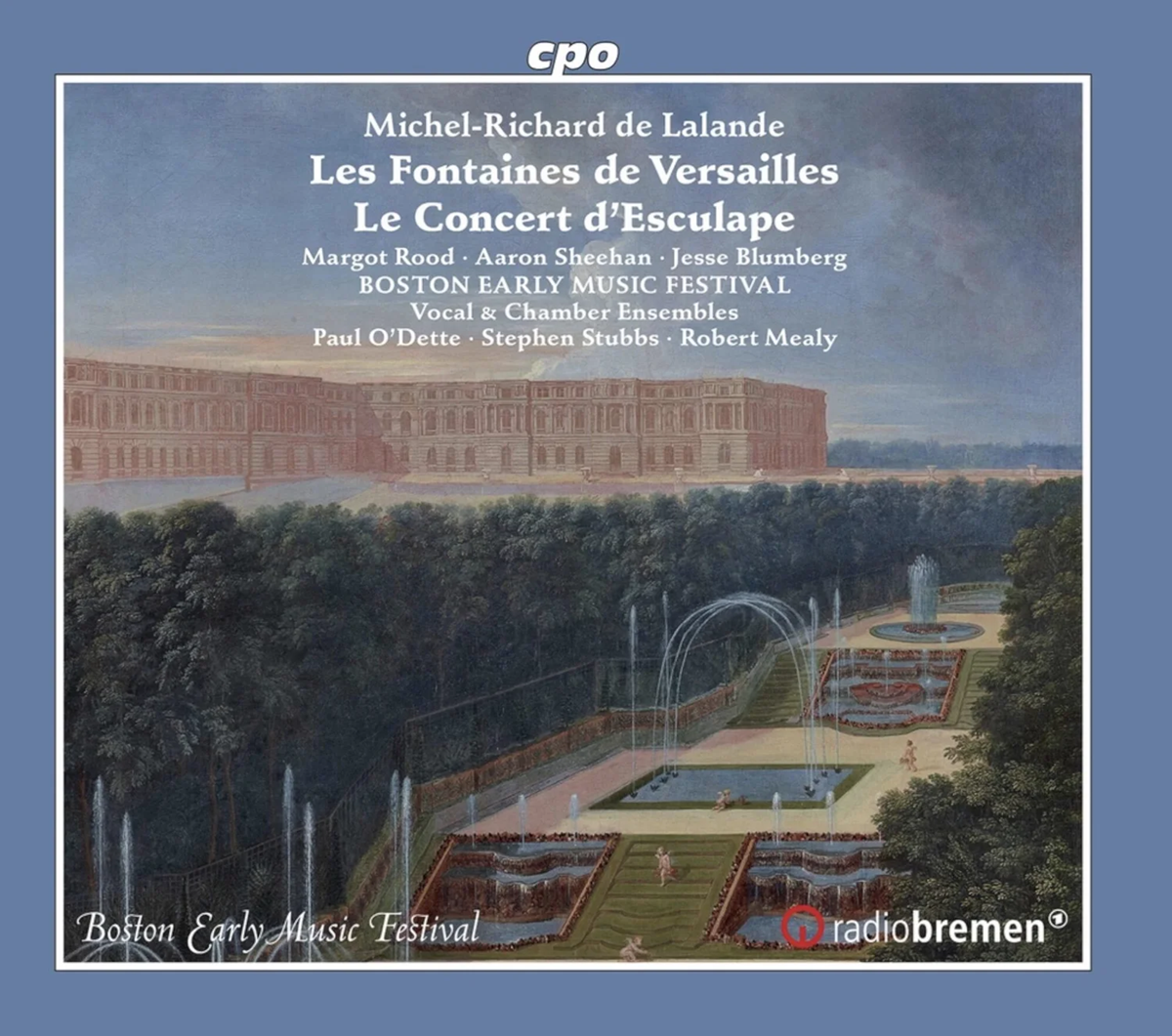
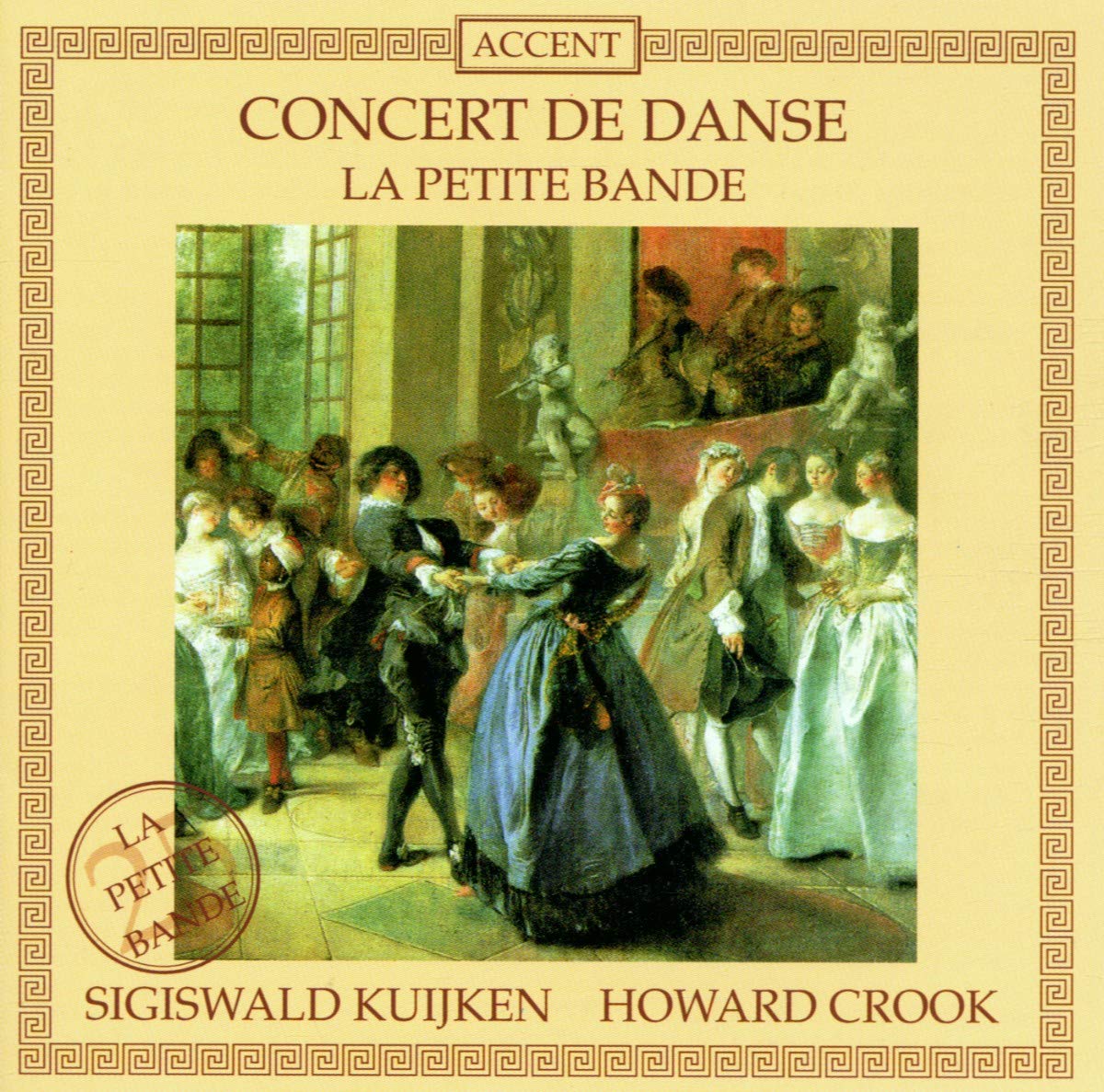

Trained as an organist, Lalande transposed his keyboard experience to the orchestra, paying particular attention to timbres and sound planes, treated like organ registrations. This taste for colour is evident from the verse ‘In noctibus’ of his Ecce nunc benedicite (1683), with an obbligato bassoon part, heralding the explorations of the Symphonies pour les Soupers du roi (Symphonies for the King's Suppers). Intended for the meals of Louis XIV and then Louis XV, this corpus, begun in the 1690s, formalised in 1703 and then expanded to nearly 300 pieces, reveals a musician for whom tone colour was a true language: the three “caprices”, including the magnificent Grande Pièce royale, “which the king often requested”, herald the orchestral aesthetic of the Age of Enlightenment.
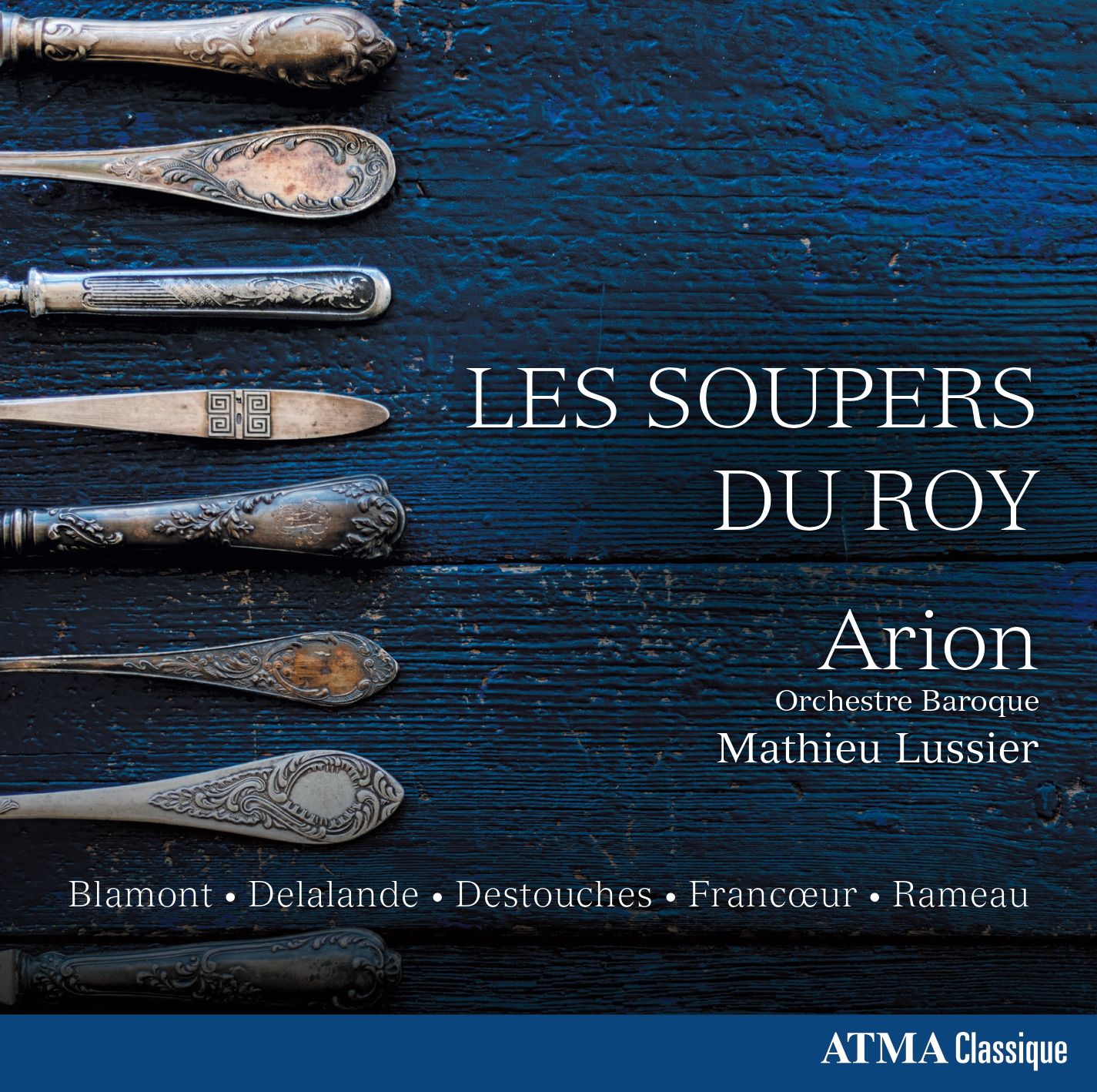
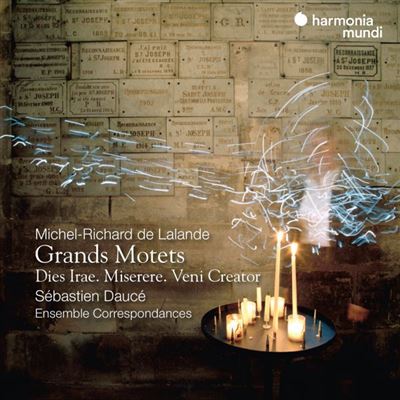
This playlist thus retraces the many faces of Lalande – from musician to the king to musician to the soul, from the splendour of Versailles to intimate devotion, from the theatre to the royal table. It invites us to explore a coherent body of work, combining classical balance and expressive research, strength, fervour and elegance: an art in the service of beauty, faith and sound.













